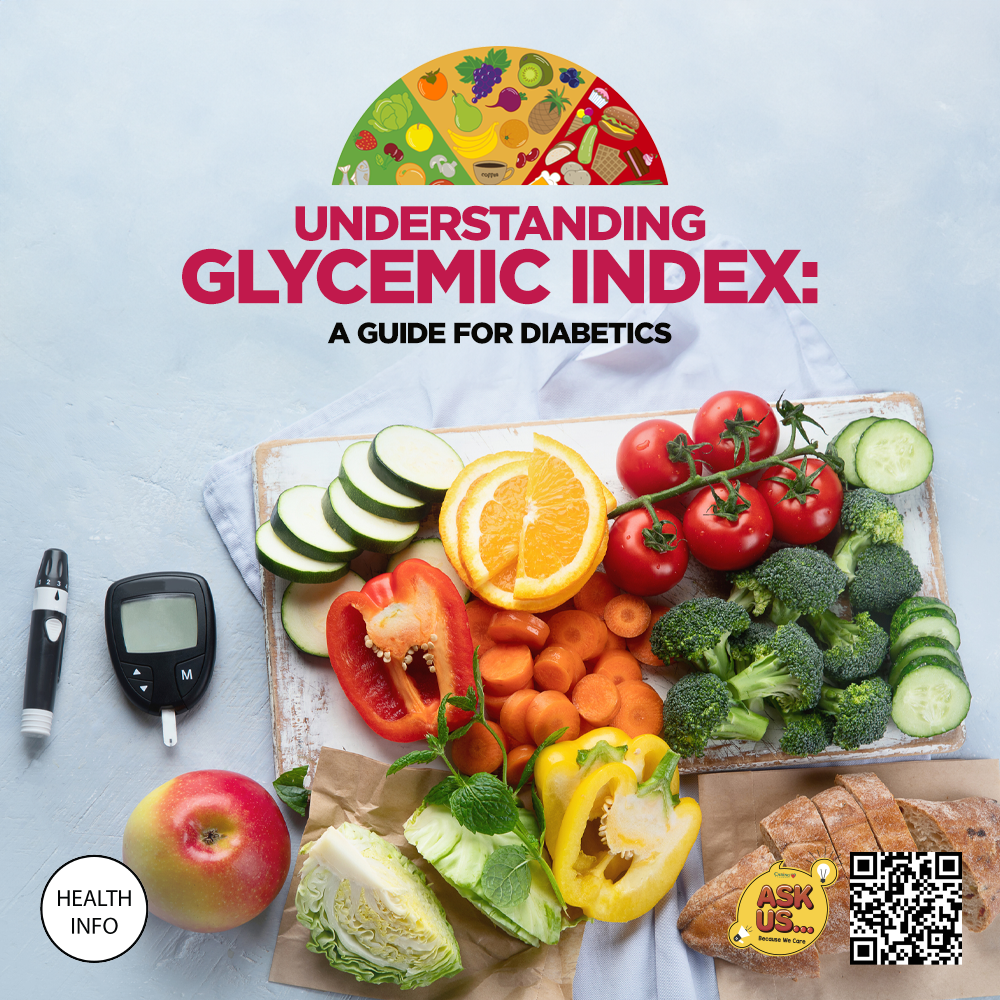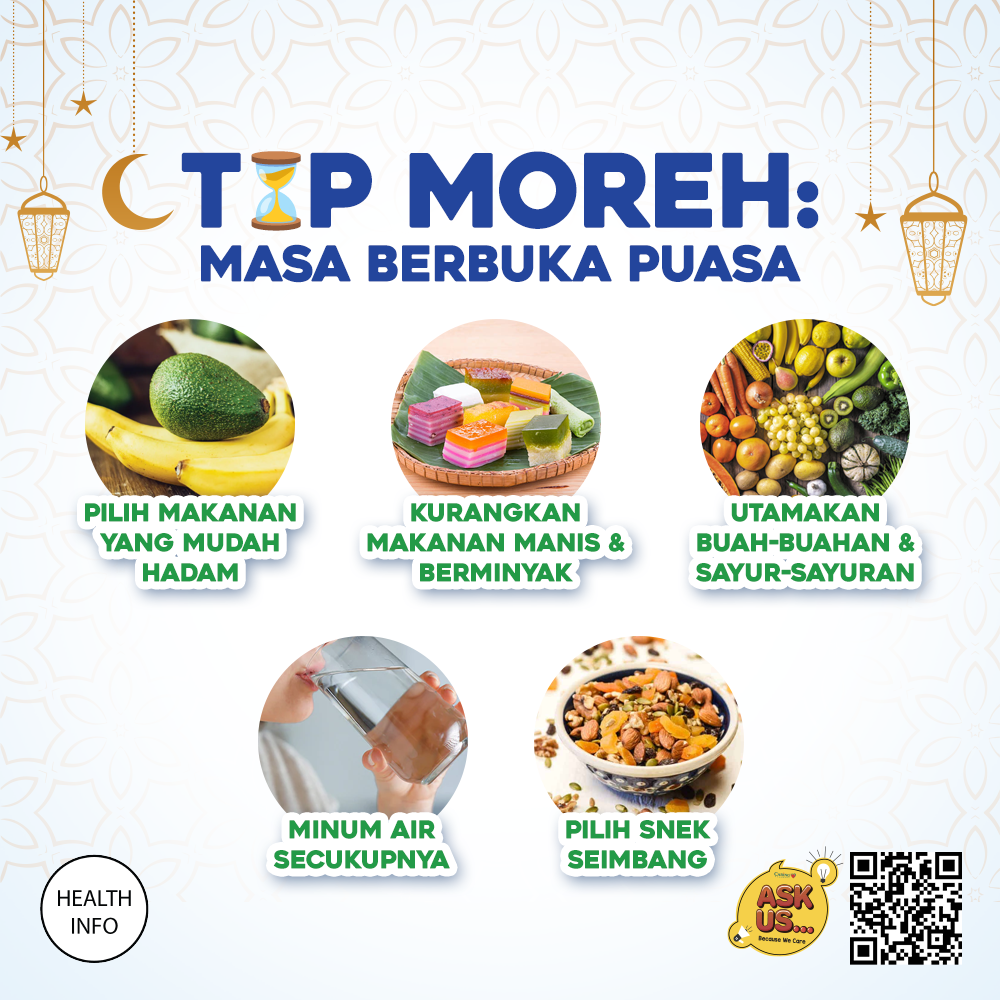- Home
- Health Center
- Health Info
- Understanding Glycemic Index(GI): A Guide for Diabetes
Diabetes
Understanding Glycemic Index(GI): A Guide for Diabetes


Managing diabetes involves a lot of careful decision-making, especially when it comes to food. One crucial tool in this management process is understanding the Glycemic Index (GI). This guide will help you grasp what GI is, how it relates to diabetes, and how you can use it to plan your meals effectively. ⸴ ¹ ² ³ ⁴ ⁵ ⁶ ⁷ ⁸ ⁹ ¹⁰
What is Glycemic Index (GI)?¹
The Glycemic Index (GI) is a ranking system for carbohydrate-containing foods based on their impact on blood glucose levels. Essentially, it measures how quickly and how much a food raises your blood sugar compared to a standard reference food, typically glucose or white bread. Foods are ranked on a scale from 0 to 100, with pure glucose set at 100.
How GI and Diabetes are Related?¹⸴²
For people with diabetes, managing blood sugar levels is crucial. Food with a high GI can cause rapid spikes in blood glucose, which can be challenging to control. Conversely, low-GI food are digested more slowly, leading to a gradual increase in blood sugar. Understanding and utilizing GI can help in planning meals that support more stable blood glucose levels, which is vital for effective diabetes management.
GI Ranges and Examples²⸴³
GI values are categorized into three ranges:
- Low GI (0-55):
Foods in this category are slowly digested, absorbed, and metabolized, causing a gradual rise in blood glucose levels.
Examples:
- Non-starchy vegetables (broccoli, spinach)
- Most fruits (apples, oranges)
- Legumes (lentils, chickpeas)
- Whole grains (barley, quinoa)
- Medium GI (56-69):
Foods in this range cause a moderate increase in blood glucose. They are processed more quickly than low-GI foods but not as rapidly as high-GI foods.
Examples:
- Whole wheat bread
- Brown rice
- Sweet potatoes
- Oatmeal
- High GI (70 and above):
High-GI foods are rapidly digested and absorbed, leading to quick and substantial increases in blood glucose levels.
Examples:
- White bread, white rice
- Sugary cereals
- Doughnuts
- Potato (especially when baked)
How to Use GI for Meal Planning?¹⸴²⸴³
Incorporating GI into your meal planning can help you make better dietary choices and maintain more stable blood sugar levels. Here’s how you can use GI effectively:
- Prioritize Low-GI Food:
– Focus on incorporating low-GI food into your meals and snacks. They will provide longer-lasting energy and help you avoid spikes in blood sugar.
- Balance High-GI Food with Low-GI Food:
– If you include high-GI food, balance them with low-GI foods to mitigate their impact on blood glucose. For instance, pairing a slice of white bread with a high-fiber vegetable can reduce its overall GI effect.
- Be Mindful of Portion Sizes:
– The GI value measures the impact of a standard portion. Larger portions of even low-GI foods can affect blood sugar levels significantly, so portion control remains important.
- Combine Food Wisely:
– Combining foods can alter their GI impact. For example, adding protein or fats to a high-GI food can slow down its digestion and lower its overall GI effect. A snack of apple slices with peanut butter is a good example.
- Monitor Individual Responses:
– GI is a useful guideline, but individual responses to food can vary. It’s important to monitor your own blood sugar levels to understand how different food affects you personally.
Understanding the Glycemic Index (GI) can be a helpful tool for managing diabetes. By choosing low-GI food, having a balanced diet, and controlling portion sizes, you can better manage your blood sugar levels. For more personalized advice and additional information, please feel free to visit Caring Pharmacy. Our Caring pharmacists can help you develop a tailored approach to managing your diabetes effectively.
References:
- Glycemic Index: What It Is and How to Use It?Healthline. (Web accessed August 2024) Web link:https://www.healthline.com/nutrition/glycemic-index
- How to Use the Glycemic Index. WebMd.(Web accessed August 2024) Web link: https://www.webmd.com/diabetes/glycemic-index-good-versus-bad-carbs
- Beginner’s Guide to the Low Glycemic Diet. Healthline. (Web accessed August 2024) Web link: https://www.healthline.com/nutrition/low-glycemic-diet
Latest Health Info
Healthy Weight, Happy Joints
How Does Weight Affect Knee Health? The Link Between Pounds And Pain Osteoarthritis (OA) involves the degeneration of joints, which ...
The Gut Warriors: Prebiotics, Probiotics and Postbiotics
When it comes to gut health, you’ve probably heard of prebiotics and probiotics. But did you know there’s also ...
Tip Moreh: Masa Berbuka Puasa
Moreh adalah tradisi unik yang biasanya diadakan selepas solat tarawih pada bulan Ramadan. Ia melibatkan penyediaan dan perkongsian makanan ringan ...



